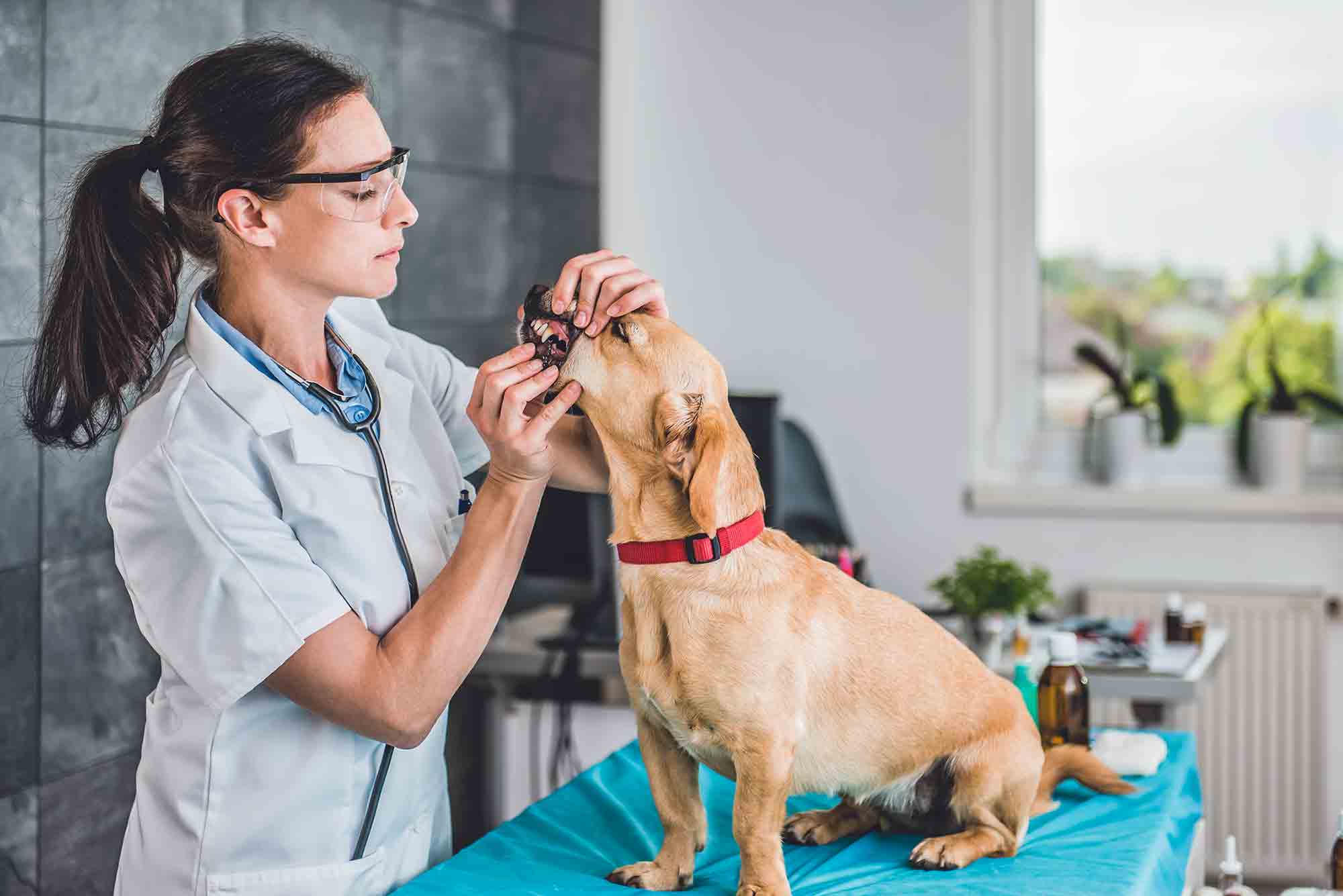Every Moment Counts in a Pet Emergency
 Life is just better with a pet, right? They brighten any mood, bring joy to otherwise mundane activities, and support us through difficult times. In fact, their contribution to our daily lives is so great, it only seems fair to question whether it’s a two-way street.
Life is just better with a pet, right? They brighten any mood, bring joy to otherwise mundane activities, and support us through difficult times. In fact, their contribution to our daily lives is so great, it only seems fair to question whether it’s a two-way street.
Of course, responsible pet owners not only care for daily needs, but offer affection throughout the day. However, to truly show love for the animal in your life, it may be time to address an issue that’s often neglected: how to prepare for and handle a pet emergency.
Rule of Thumb
In general, if something can go wrong, it will. While we’re not suggesting pet owners go through life under a cloud of doom, it’s worth mentioning that preparation helps tremendously when confronted with a pet emergency. Without understanding key symptoms or having a fully stocked pet first aid kit, the ability to address an emergency quickly and effectively is compromised.
Don’t Hesitate
We urge pet owners to act quickly when they know or suspect a poisoning, injury, or illness. Please do not hesitate to reach out to us with any questions or concerns.
Many times, a pet owner will notice that something is “off” with their pet and begin taking notes about changes in behavior or habits and worrisome physical symptoms. These notes can be helpful if your pet does need to be seen, tested, diagnosed, and treated.
Remember, animals are hardwired to mask signs of weakness and will try to hide any symptoms they might be experiencing.
Know What to Look For
When you know what’s considered normal for your pet, you’re better equipped to recognize a pet emergency. Average temperature, heart rate, respiratory rate, and gum color can provide a good baseline of health.
Signs of a Pet Emergency
Immediate action must be taken if you ever notice the following red flags:
- Loss of consciousness
- Vomiting or diarrhea that lasts 24 hours or more
- Broken bones
- Choking
- Seizures
- Bleeding from the eyes, ears, nose, or mouth
- Sudden blindness
- Fever of 103 degrees or higher
- Abdominal swelling
- Disoreintation or lethargy
- Pain
- Sudden, extreme behavioral changes
- Complications with birthing or longer than 3 hours between births
Please let us know if you have any questions or concerns. A pet emergency can present in a variety of ways, but when it’s handled swiftly, the outcome can be much more positive for your pet.
